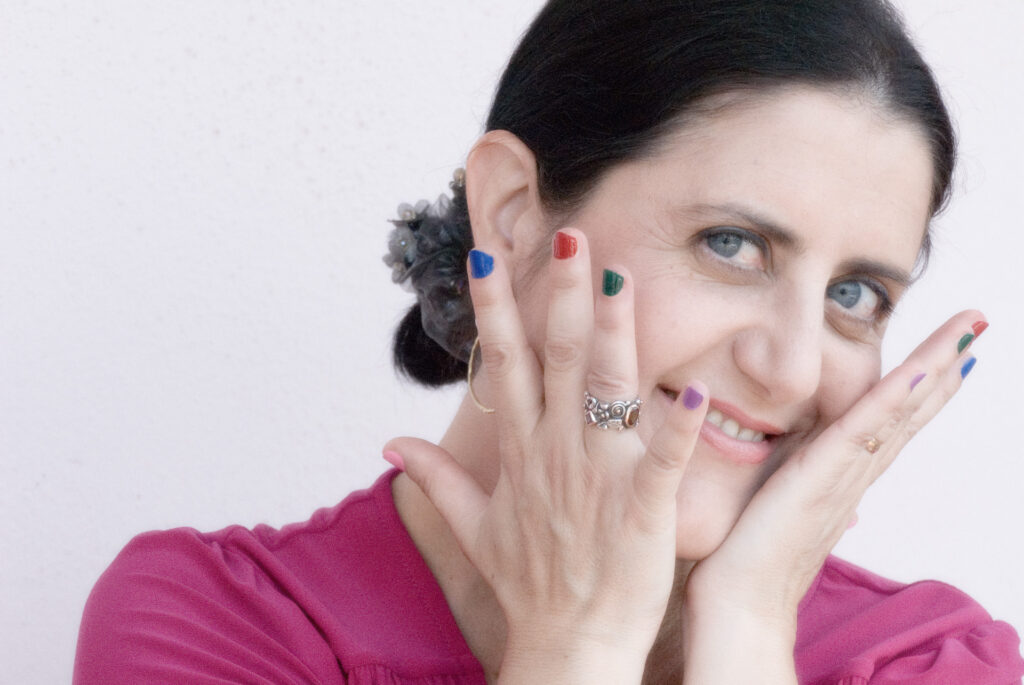
About the Piece
Instrumentation: Solo clarinet, string orchestra, 1 percussion
Duration: 10 min
Program Note:
The Clarinet Concerto was composed for the Georgia Tech Chamber Orchestra and inaugurates a fruitful collaboration of Maestro Ting with Italian composer Alessandra Salvati.
The concerto pays homage to clarinet, an agile and versatile instrument, that can play from the faintest pianissimo to the most forceful fortissimo, and handle many beautiful changes in articulation and color.
The Concerto opens with a solo of the clarinet, that states the thematic materials used in the score and ends with a cadenza that prepares the Allegro, where the full orchestra accompanies the soloist with a tight rhythmic punctuation. A second cadenza is performed by the clarinet together with the first cello, and is followed by a dialogue with the xylophone. The Largo of the middle section features an area of suspension, with p to ppp sections of the strings, interrupted by a central aleatoric section and a new cadenza of the soloist.
The last part, Allegro assai, re-proposes the thematic materials in the form of a fugato and culminates in a virtuoso finale that forces the soloist to a fff in the highest range of the instrument. Percussion play an important role in the score, especially the xylophone, engaged in many passages in a vivacious and ironic interaction with the solo player.
Conductor’s Perspective
I commissioned this work as it was sometimes really difficult to find the right concerto for amateur soloist and string orchestras. It was also very encouraging for my second orchestra to premiere a new work that was written for them.
Salvati did a wonderful job of capturing the dramatic range of clarinet playing and presented a lively spirit throughout the main sections. The middle section is a great example of introducing aleatoric music writing and extended techniques. The unfamiliar notation might be intimidating at first, but not difficult to perform. In the end, it was very fun and effective.
The percussion part could be tricky for one player to execute. It’s recommended to perhaps have two players if the ensemble is less experienced. The rhythmic pattern might be tricky at first, but once the ensemble feels the groove it won’t be as challenging. The 12-tone oriented note-selection might be difficult for string intonation and tuning, though.
About the Composer
Trained as a pianist and composer in Italian conservatories and in the United States, where she pursued her doctoral degree at the University of Miami. Salvati’s music has been welcomed worldwide by critics and audience for its communicative power and described as ‘potent, moving and able to create a strong connection with the audience.’ Among her many accolades, she was awarded The American Prize 2013 in Composition, The Aning Ginto Prize, and received commissions and performances from prestigious ensembles and institutions, such as the Israel Camerata Jerusalem, the Penderecki String Quartet, the Georgia Institute of Technology, the Cultural Center of the Philippines, Festival Miami. A passionate pedagogue, she was invited to give seminars at the YoungArts Foundation, New World Center, and in other international institutions. Dr. Salvati currently works as Associate Professor of Music Theory at Chengdu University in China.
Official Website: http://www.alessandrasalvati.com
Email: salvati.composer@gmail.com
Performance Materials
Instrumentation: Solo clarinet, string orchestra, 1 percussion
Duration: 10 min
Performance materials and parts can be obtained by contacting the composer
Recording
Midi Rendering of the work (click here for the link)
Recording on YouTube by the Georgia Tech Chamber Strings with clarinet solo by Richard Li [premiere]